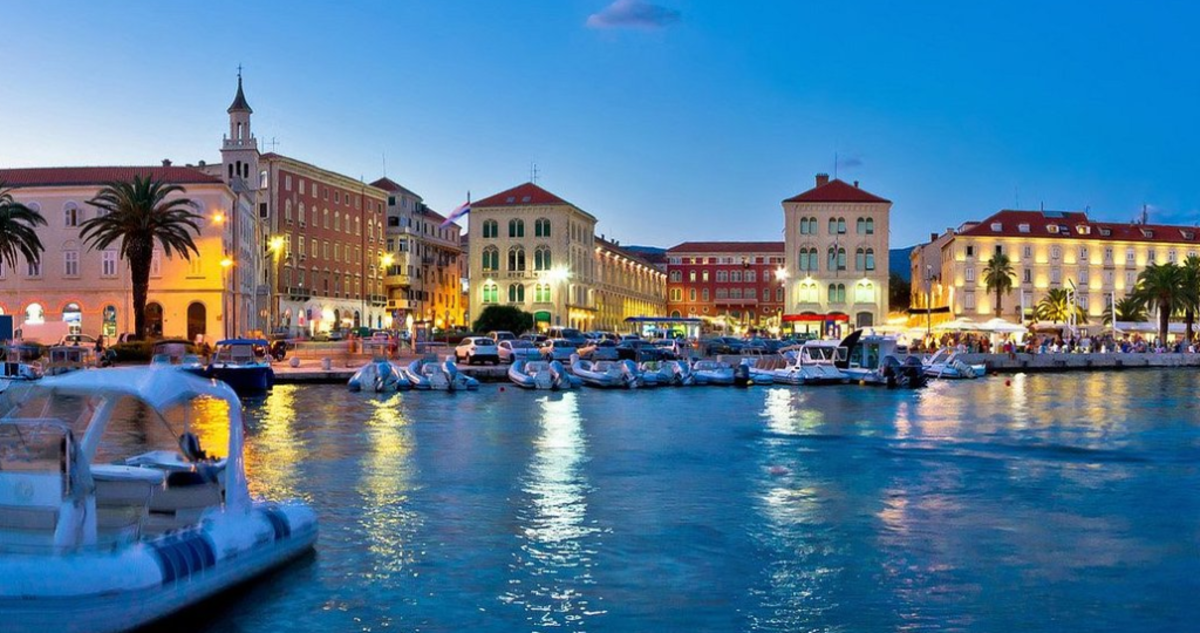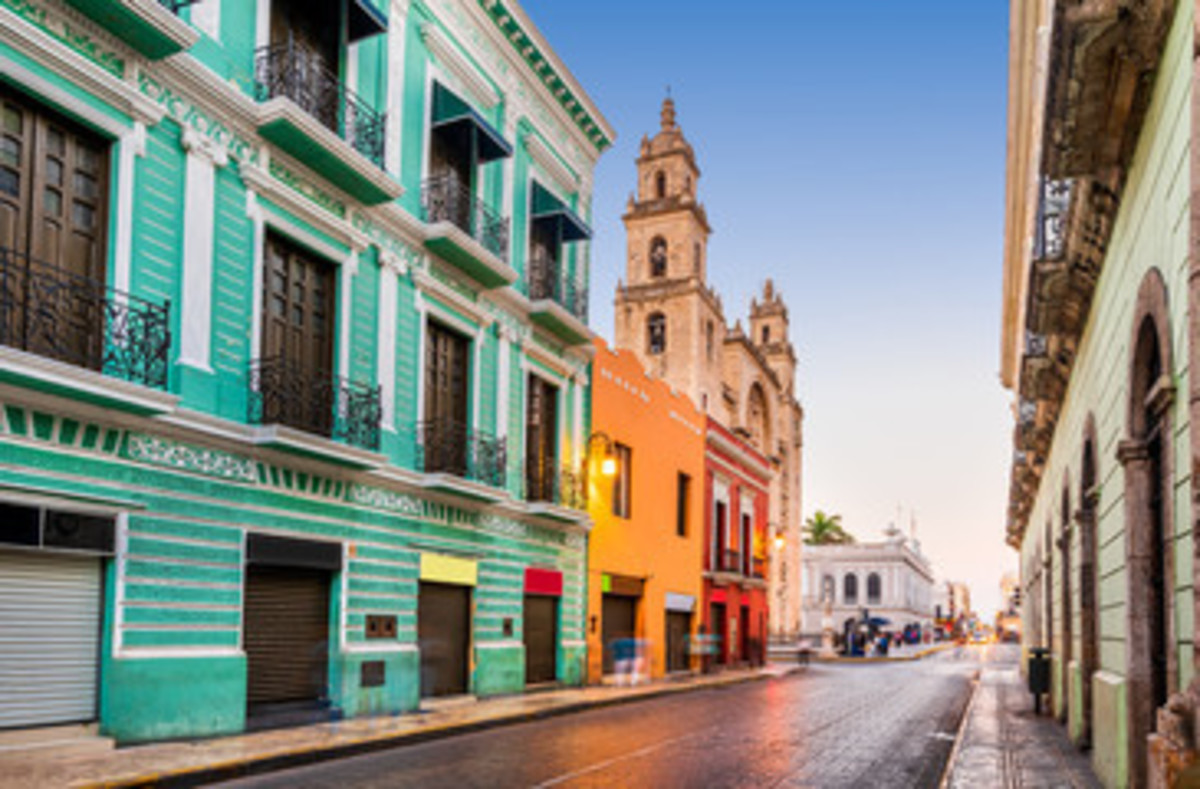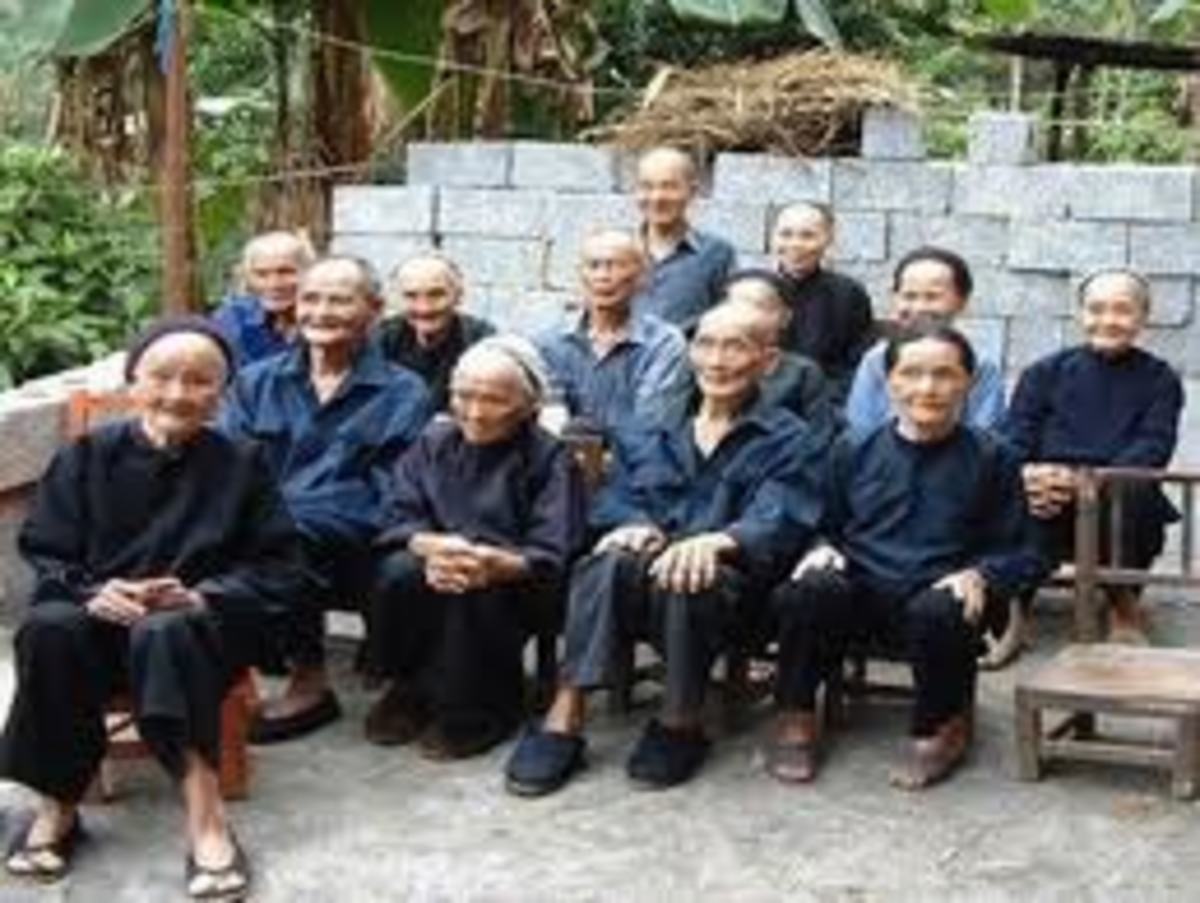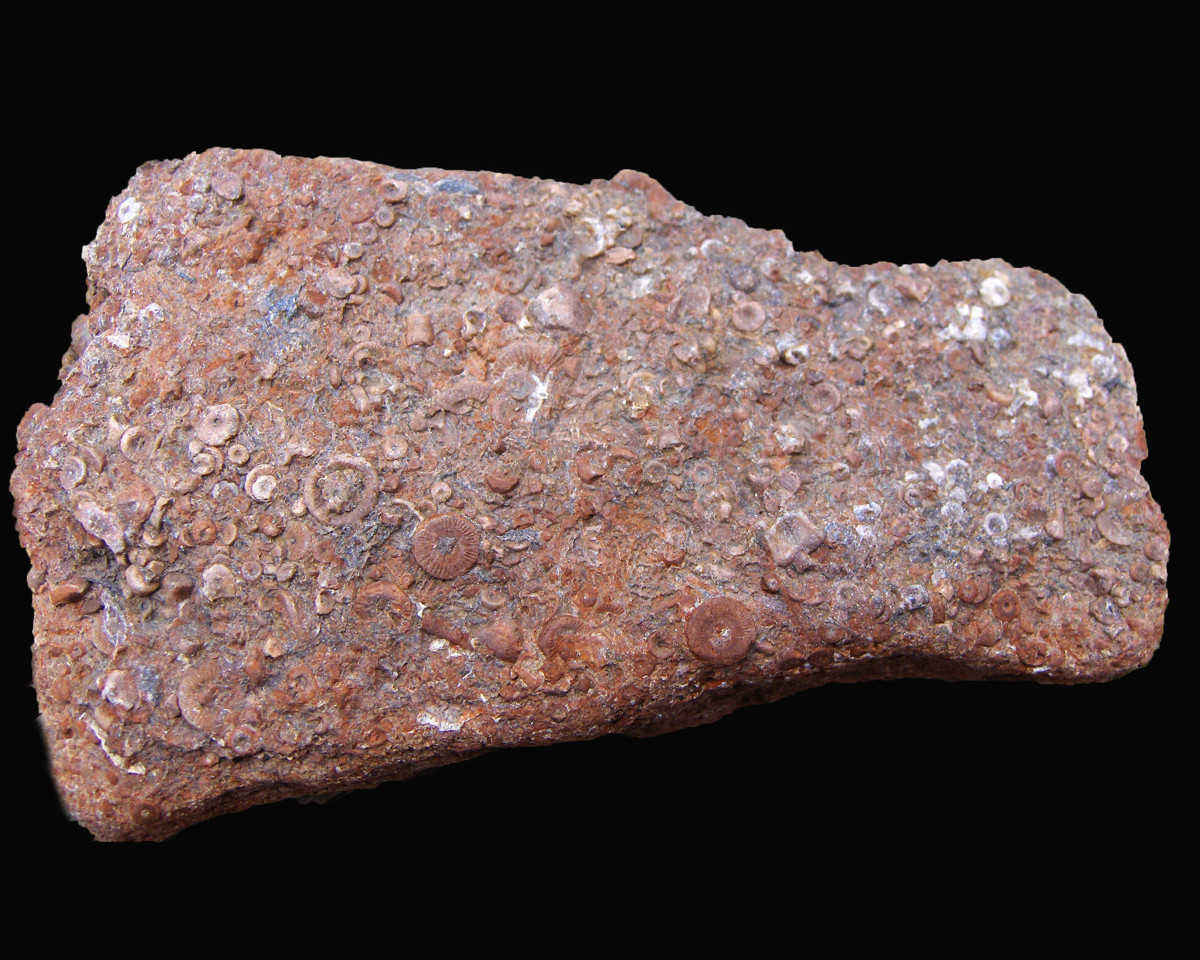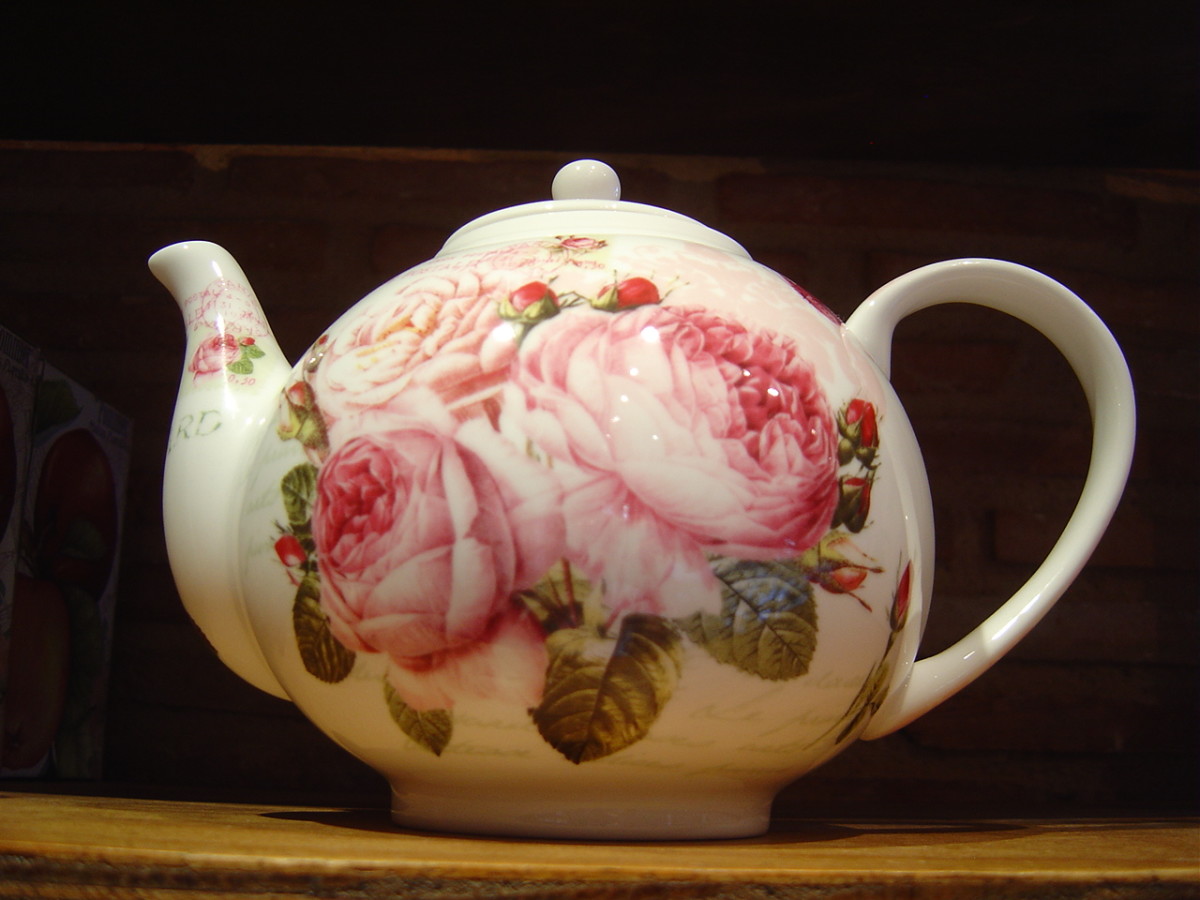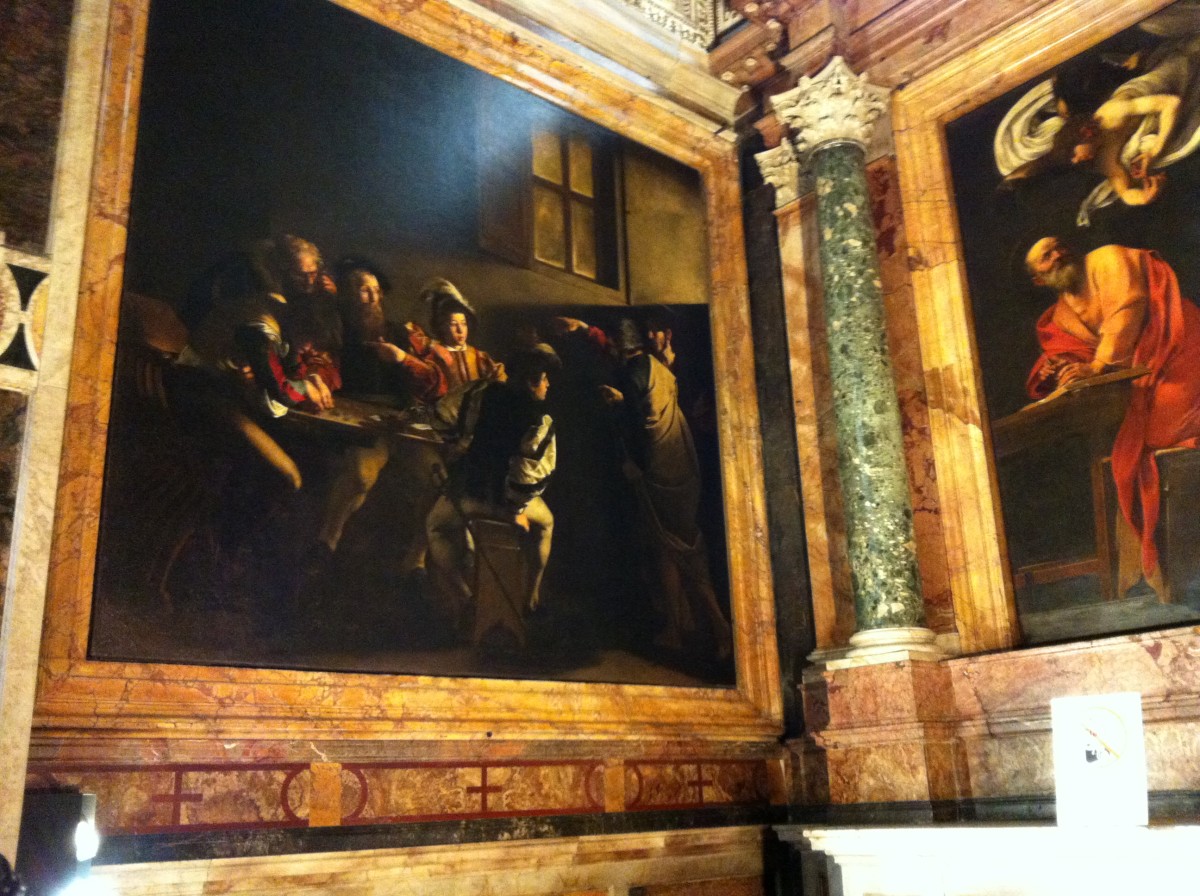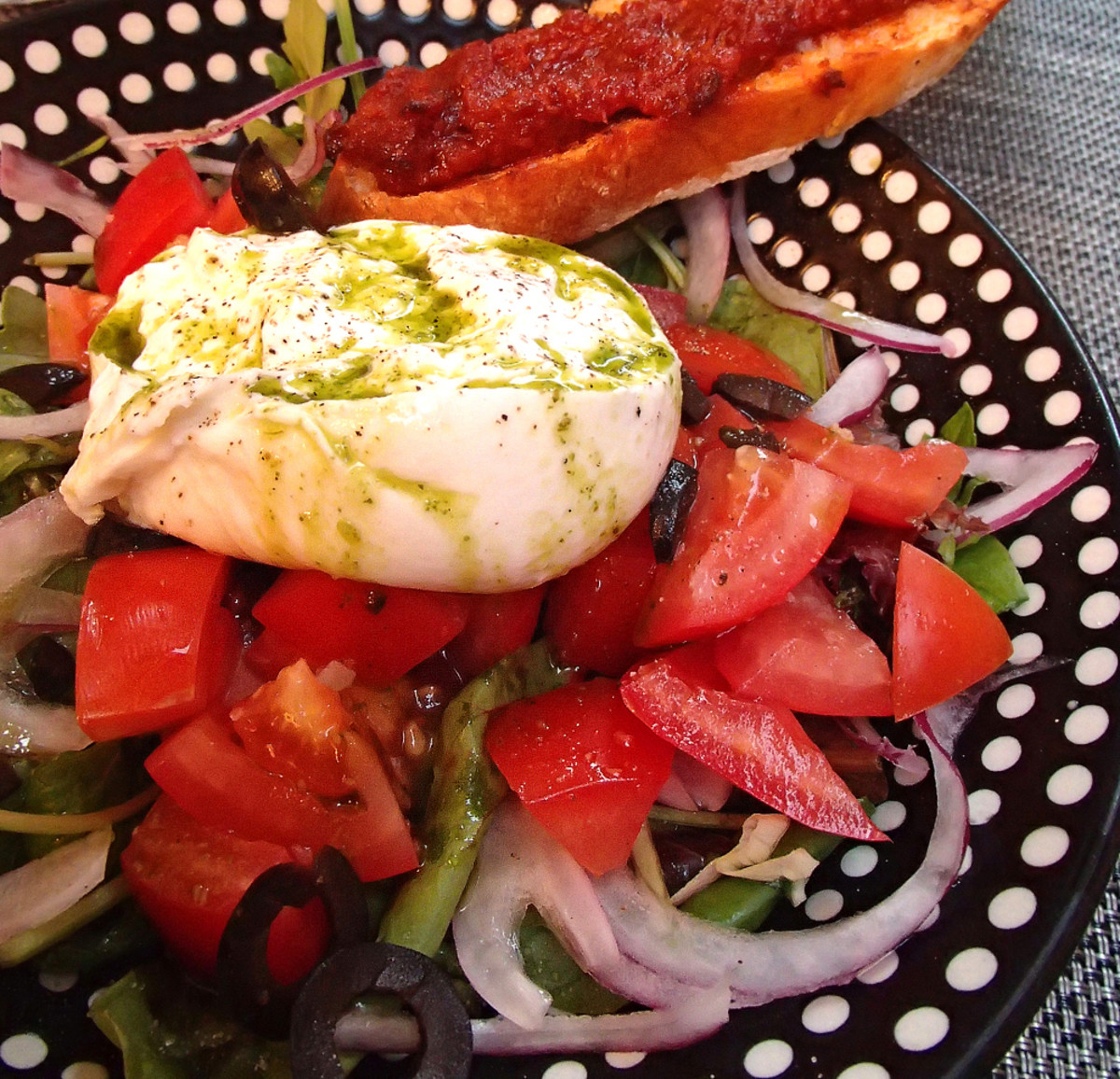Ten Things You Didn't Know About Croatia
Ten Things You Didn't Know About Croatia
1. Lifestyle in Croatia
Living in Croatia is a beautiful experience and a beautiful place to raise a family. I learned that Croatia has a healthy Mediterranean diet and people are self-sufficient.
Farmers plant vegetables when in season and Croatia has Agricultural growth for holding the country in stable food conditions.
Most local people live on remote farms and own property in small villages.
These farms are ploughed every season to have fertile ground to plant seasonal crops. Season fruit is harvested including olives and every fruit is made into something of value for tourists or for local people for home use.
Lemons and oranges are used for fresh juices in the winter season. Sage flowers are used for bitter liquor and from the local drink called Rakija.
All fruit liquors are made from homegrown fruit and from the Rakija alcohol. The seventy-five per cent strength of alcohol is made from the end of the wine grapes. First, the wine is made and what’s left of the grapes is made into this strong alcohol.
Rakija is made from it put into barrels and sold to local people who don’t have these luxuries.
Olives are harvested in November and people have orchards of olive trees for their harvesting from November until January.
In the winter season oranges, lemons, and olives are harvested. The seasonal crop is used in preserves and no fruit is wasted from the hard work in the agriculture sector.
Pomegranates are bared in October and liquors made from this fruit are red in colour.
2. Cost of living in Croatia
An average Croatian family would need $1500 per month to have a comfortable lifestyle. Most people in the community work two jobs to survive on everyday requirements.
The high standard of living in Croatia has shown me the difference in lifestyles in South Africa and Croatia and I am safer in Croatia.
The low income in Croatia doesn't allow people to live a modern and good life. Only the rich live good lives, while the low-paid communities live on tourism-based small businesses.
In Croatia, the focus is Tourism and Agriculture.
Most families don’t earn $1500 per month and work two or more jobs to make ends meet at the end of every month.
Food prices have risen, and it is a tough life for many local people. Through these times people share and sell to markets to earn a basic living and have permanent jobs for an extra income.
3 Croatia a new country
Croatia moved on from the war in 1991 and has its Croatian dictionary. New Croatian words to learn from, as I have learned from day one of my arrival in the community.
The small country with a population of 4,1 million inhabitants has dropped from 4,4 million inhabitants.
Most individuals have left the country and gone to other parts of the world for a better living and to earn better salaries.
The low economy hasn’t allowed the younger generation to live in Croatia.
4. Croatian Language
The Croatian language is one of the most difficult languages. I learned and grasped the language three years before I started speaking Croatian, reading and writing in the same language.
The grammar has many tenses and phrases to form sentences and I had issues forming these sentences. I learned the language in my years of living in this culture while enjoying a different lifestyle.
One day after three years I realized I could speak the language. I started speaking the Croatian language after much communication while working at a local hotel.
The new Croatian dictionary doesn't have Serbian words, the dictionary contains only Croatian words.
Since Croatia became an independent country a new language was born. The country is developing in modern technology and trying to improve on that level and above that level.
5. Traditional Croatian Activities
Family meals are often with family members. It makes family conversations easier and happier together. Meals are enjoyed and homemade alcohol drunk among family and friends is a celebration for everyone.
Siesta time for the local people in summer is peaceful and quiet in the region. People sleep for two hours every afternoon. It is part of their routine.
Traditions in Croatia are based on the religion of most Catholics and the minority is Muslim religion. Easter and Christmas are the most celebrated holidays and people attend church to celebrate these eventful days.
Wedding celebrations carry on for a week before the actual day.
6. Croatia beaches
Beaches are clean and pebble beaches and are most popular in Croatia. The water is clear, and tourists enjoy swimming on these clean beaches.
Summertime is the only time for a swim, and it is the best time for water sports. Canoeing is a popular sport, like Water polo, swimming and Jet-skiing.
The most popular sports are Basketball, Water polo, Handball, and Tennis for a few Croatians, and Football is at the top of their league of sports. The many beaches of Croatia are crowded during the summer with local people and tourists from all over the world.
7. Schools in Croatia
Schools in Croatia have become modern and English is taught to children from an early age. You will find that there is an increase in English-speaking people in Croatia and it’s useful for tourism.
Schoolchildren attend school without the supervision of an adult. It is safe and free for children to get on the bus to travel alone. in the town of Dubrovnik.
There are no school fees and free education for children which makes it easier on the financial issues most parents face in small communities.
Morning and afternoon classes are for primary and secondary schools.
All amenities in Dubrovnik are within walking distance and the climb upstairs is a daily activity. Children are keen on learning at school, but the focus is sports played daily and most become professional sportsmen and sportswomen.
Winter sports is mostly skiing for those who live in the north of Croatia.
8. Foods of Croatia
Green cabbage stew is a Konavle Dish and I cooked a meal and didn't perfect it A minestrone and a traditional meal for going on for centuries in the region
The special meal is cooked during the winter months and enjoyed with family at the dinner table. Smoked dried and salted pork and green cabbage is a delicious meal indeed.
The meal steamed with potatoes is a treat and every family has this meal. Homemade liquors made from homegrown fruit. Plums, Walnuts, Peaches, Figs, Cherries, Rose petals and many seasonal fruits are available to us.
Figs are dried and frozen to preserve their taste and sold to tourists.
The most popular foods of Croatia are dried, salted pork, a procedure attempted in January. When local people buy carcasses of pigs to salt and hang up in their basements to dry or in a smoke room.
An interesting event is when people get together and make their homemade sausages, from this pork dried and eaten as snacks, or steamed with potatoes and green cabbage.
The foods are seafood and homemade salted pork sausages, smoked and dried a traditional method for the local people.
In every region, there is a different traditional meal. Cooked and the recipe goes from one generation to the next. Preserves are made from plums, and figs and are a profitable market.
Most people don’t practice farming due to modern lifestyles and the older generation doesn’t do as much as they had in the past. It is hard work and not practised by the younger generation.
9. Dubrovnik's Open Markets
An open market in the old city of Dubrovnik sells fresh fruit and it's plentiful for the local people and harvested early on a summer morning to sell at markets.
Fresh produce sold at markets for centuries in the region.
Until the Second World War, travelling to the market was an all-night adventure for the local people of the Konavle region.
They would load their products onto horses and mares and would walk beside the working animals for up to eight hours.
The length of their journey from the villages of Konavle to the city of Dubrovnik. There are over five thousand stairs to climb in Dubrovnik and most people complain about the many stairs, but it is a way to keep active and fit in daily activities.
Fruit and vegetables are harvested in season and people work the hardest in their fields to produce whatever they can from their seeds.
Collards is a winter green cabbage that is steamed with potatoes and a salad dressing is added to it.
With Olive oil, salt and a bit of vinegar this is a Mediterranean meal and a healthy meal for all.
Winter vegetables, such as Cauliflower, Cabbage, Brussels sprouts, Broccoli and Leaks, garlic and onions are planted by most farmers. Summer vegetables, such as Green beans, Peppers, Aubergines, Zucchinis, and Tomatoes, are among the popular vegetables planted and harvested.
Potatoes are planted in March and harvested in June and most farmers carry on these traditions and ways of life while others have stopped farming for themselves.
Walnuts are picked in September and a sweet liquor made from the first-bared walnuts while in their young form.
10. Places to visit in Croatia
There are over a thousand Islands in Croatia, Korćula, Hvar, Miljet, Lopud, Sipan, and many other islands to explore in Croatia.
Old castles and many old churches historic features, monasteries, nature reserves, Plitvice lakes, and so much more to enjoy in lovely Croatia.
Fishing in Molunat has been done for centuries and up till today, fishermen net out fresh fish and sell it to markets and restaurants.
Cavtat is in Konavle, the southernmost of Europe and allows wealthy foreigners to park their yachts for an annual fee.
There are holiday apartments, fancy hotels and stores available for the local people and the Police station in Cavtat for the people of Konavle. The local people commute by bus, the most convenient means of transport for most of the local people and school children.
In the cooler months, at the beginning of May cyclists are plenty and cyclists cycle from Dubrovnik to Konavle or from Cavtat to further into the countryside You get walkers, cyclists in cooler weather and mountaineers.
Croatia has potential in farming and tourism, and these are two main sectors that help Croatia in the economy. There’s no industry and that leaves many young generations jobless and to leave the country to seek a better life elsewhere.
I learned to live and enjoy Croatia and the safety of the place.
Beautiful Croatia
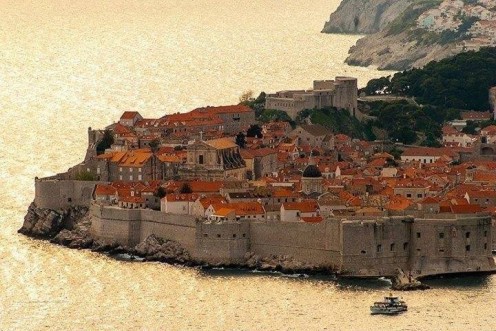

Croatian traditional outfit

Croatia Beaches
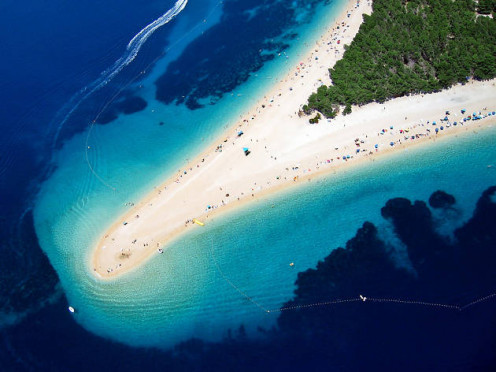
Foods of Croatia
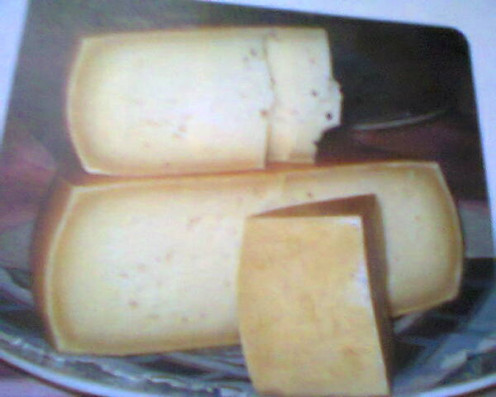
Croatian lifestyle
Would you like to live in Croatia?
This content is accurate and true to the best of the author’s knowledge and is not meant to substitute for formal and individualized advice from a qualified professional.
© 2019 Devika Primić

